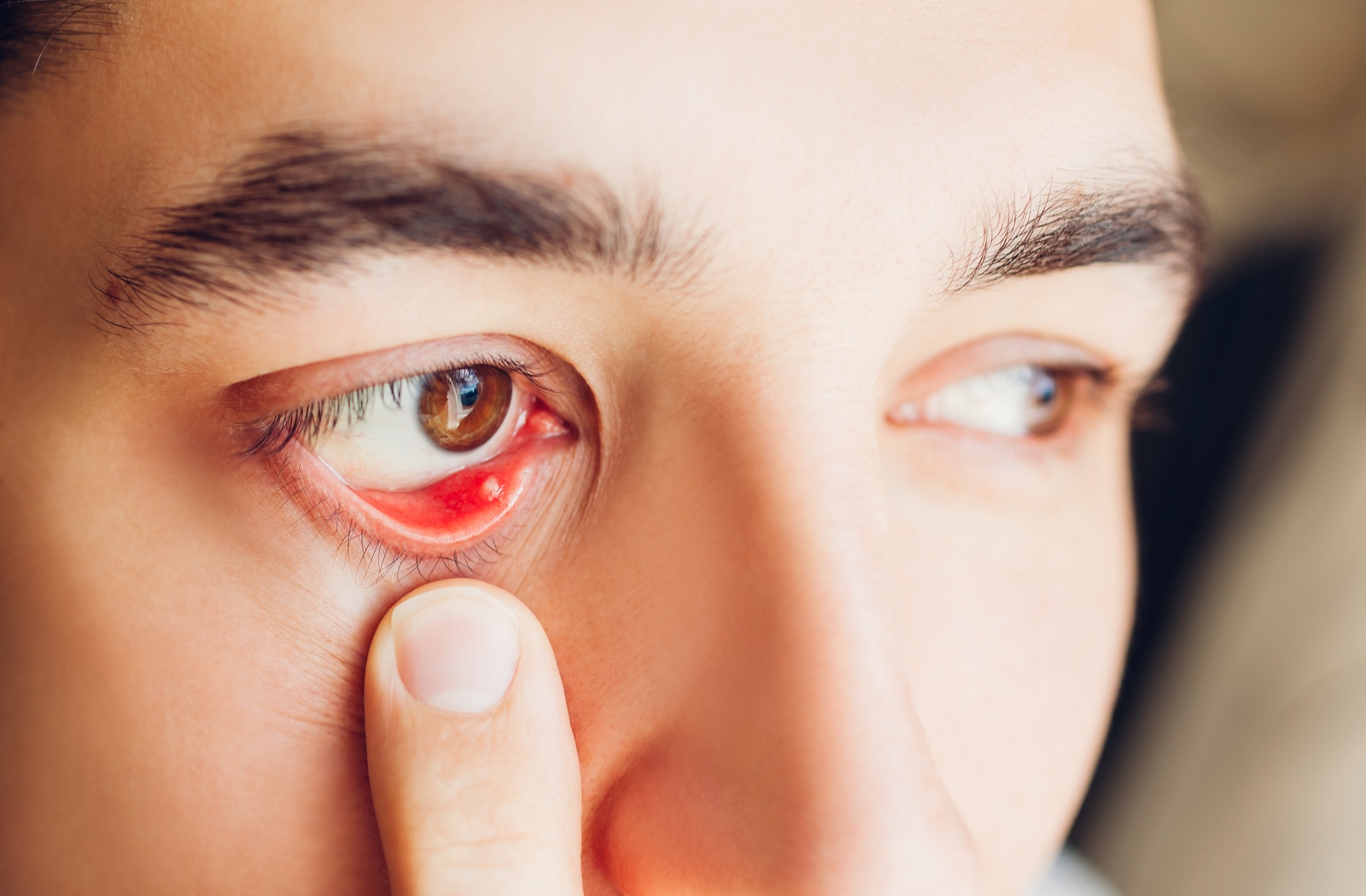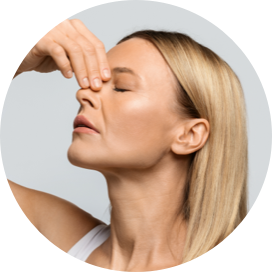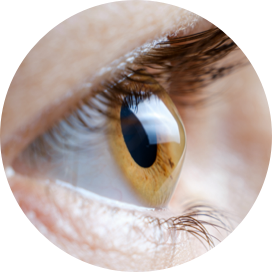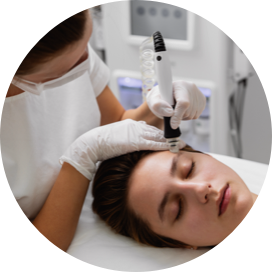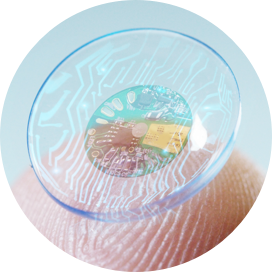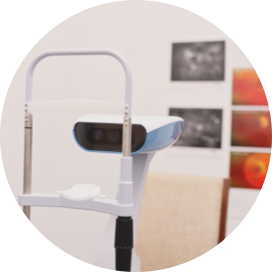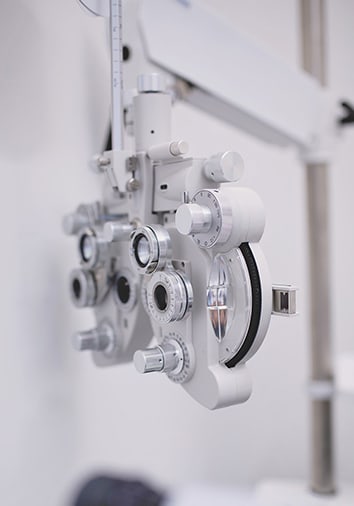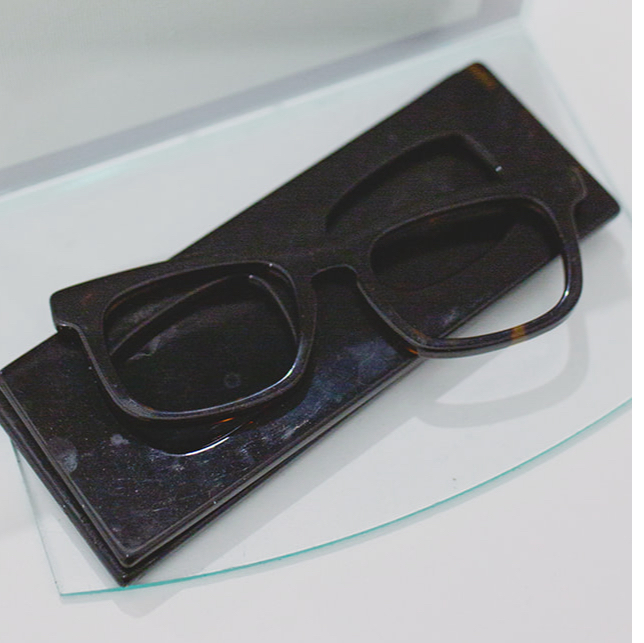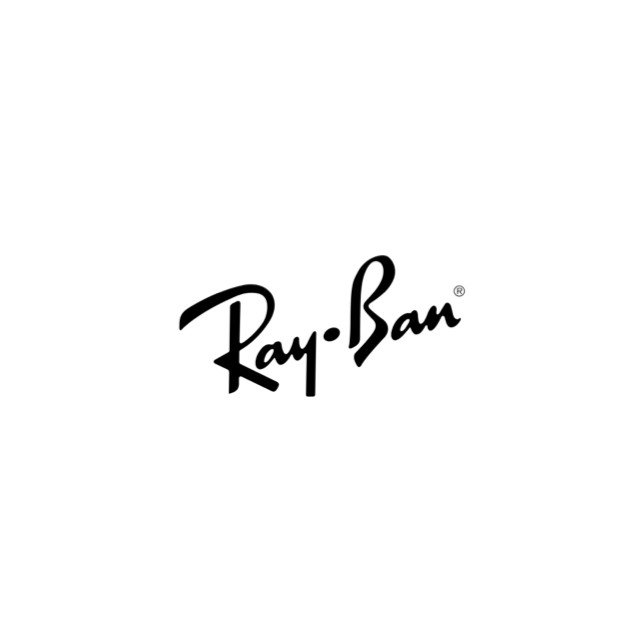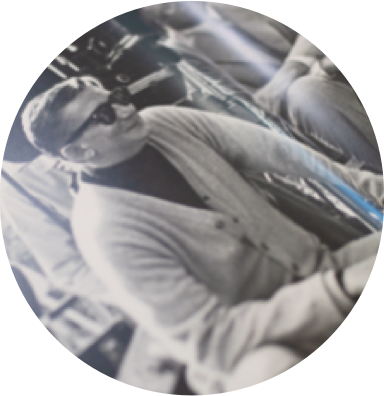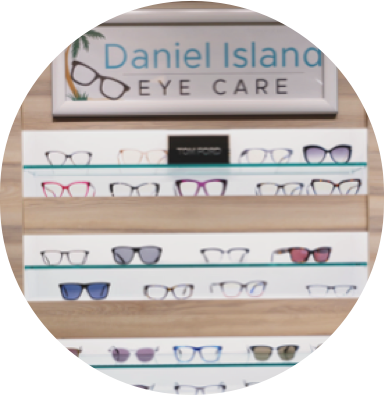Clogged meibomian glands can occur for a number of reasons, resulting in dry, irritated eyes. When your eyes can’t produce enough adequate tears, your eyes can feel incredibly uncomfortable.
Your meibomian glands are responsible for producing a special oil that prevents your eyes from dehydrating too quickly. When these glands are affected, your eyes are the ones that suffer most.
The best way to address discomfort caused by dry eye symptoms is to visit your optometrist.
How Do Meibomian Glands Become Clogged?
Meibomian gland dysfunction (MGD) is a common eye condition that affects the tiny glands in your eyelids that produce the oil layer of your tears. This oil is called “meibum” and forms one of the 3 layers of your tear film.
Tears are made of water, mucus, and meibum, and this fluid keeps your eyes hydrated. Meibum prevents the water from evaporating too quickly. MGD can occur if there are issues with the oil or the glands.
MGD signs and symptoms are very similar to those of dry eye:
- Itching or burning eyes
- Sensitivity to light
- Redness & watering
- Foreign body sensation
- Blurry vision
Causes
MGD most commonly occurs as a result of aging. Studies show that 59% of adults with an average age of 63 had at least one sign of MGD.
MGD can also occur as a result of an underlying condition, such as dry eye or blepharitis.
Some other factors, such as wearing contact lenses or makeup, can increase your risk of developing MGD. This is why it’s important to take regular breaks from your contacts and always remove your makeup at night.
Diagnosis
Your optometrist can diagnose eye conditions like MGD. There are a few things your eye doctor may examine to determine whether or not you have MGD.
Your eye doctor may gently push on your eyelid to test your meibomian glands. This allows your optometrist to see the quality of the oil, a big indicator for MGD. They may also examine your tear film stability and whether or not you have a sufficient amount of tears.
They may perform a tear breakup time test (TBUT) to see how quickly your tears break up, allowing your eye to dry out. This test uses dye on the eye and special light to make your tears glow. This shows the doctor how quickly the tears break up.
What Is Dry Eye?
Dry eye disease is a common eye condition that occurs when tears don’t properly lubricate the eyes. Signs and symptoms of dry eye are identical to the signs and symptoms of MGD, as well as:
- Eye fatigue
- Stringy mucus in/around eyes
- Difficulty with nighttime driving
- Inability to wear contact lenses
Dry eye is uncomfortable and irritable. Many environmental factors can affect dry eye, such as air conditioning or too much screen time. Dry eye almost always occurs as a result of dysfunction in the eye’s ability to produce proper tears, including MGD.
At-Home Treatment Options for MGD
To unclog the meibomian glands and resolve dry eye, there are a variety of treatments available. If your dry eye symptoms are manageable, you may wish to try some home remedies.
These home remedies can be beneficial when paired with treatment from your optometrist. They include:
- Applying a warm compress to your lids for 4 – 5 minutes
- Gently massaging the area (can use compress)
- Scrubbing the lids lightly with diluted cleanser
- Using over-the-counter lipid-containing emulsion drops
- Consuming omega-3 essential fatty acid supplements
While these remedies can help provide temporary relief, it’s likely you’ll need additional treatment to truly resolve your MGD or dry eye.
Medical Treatment Options for MGD
If home remedies haven’t provided sufficient relief for your meibomian gland dysfunction (MGD), it’s essential to consult with an eye care specialist. They can accurately diagnose the severity of your condition and recommend appropriate medical treatments.
At Daniel Island Eye Care, our optometrists can offer a variety of treatment options to help alleviate dry eye symptoms.
Prescription Eye Drops
Depending on the severity of your MGD, your optometrist may prescribe you medicated eye drops. This includes:
- Steroid drops to help relieve inflammation & increase oil flow
- Restasis eye drops to increase tear production
- Oral Vibramycin (doxycycline) as an antibiotic
- AzaSite (topical ophthalmic azithromycin) as an antibiotic
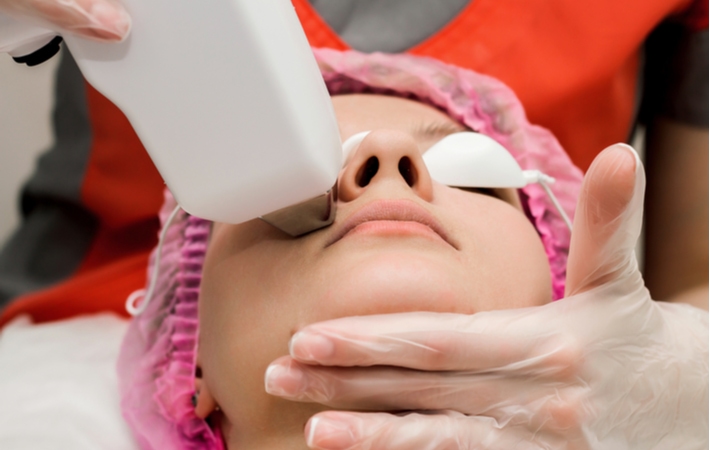
Intense Pulsed Light Therapy
Intense pulsed light therapy is a light-based, non-invasive treatment for dry eye.
By using pulses of light, inflammation that is typically associated with dry eye disease is reduced, tear break-up time is improved, and meibomian gland functionality increases.
This application can significantly relieve dry eye and MGD symptoms.
Other Procedures
There are a variety of treatments available to relieve symptoms of dry eye and MGD, so it’s best to discuss your specific symptoms and needs with your optometrist.
Some other recommended treatments include:
- Lid debridement
- LipiFlow
- Scleral lenses
- Punctal plugs
When to See Your Optometrist
If you experience major dry eye symptoms that impact your ability to perform daily tasks, it’s time to see your optometrist.
MGD and dry eye shouldn’t dictate your life. Contact our team to book an appointment and find relief sooner.

